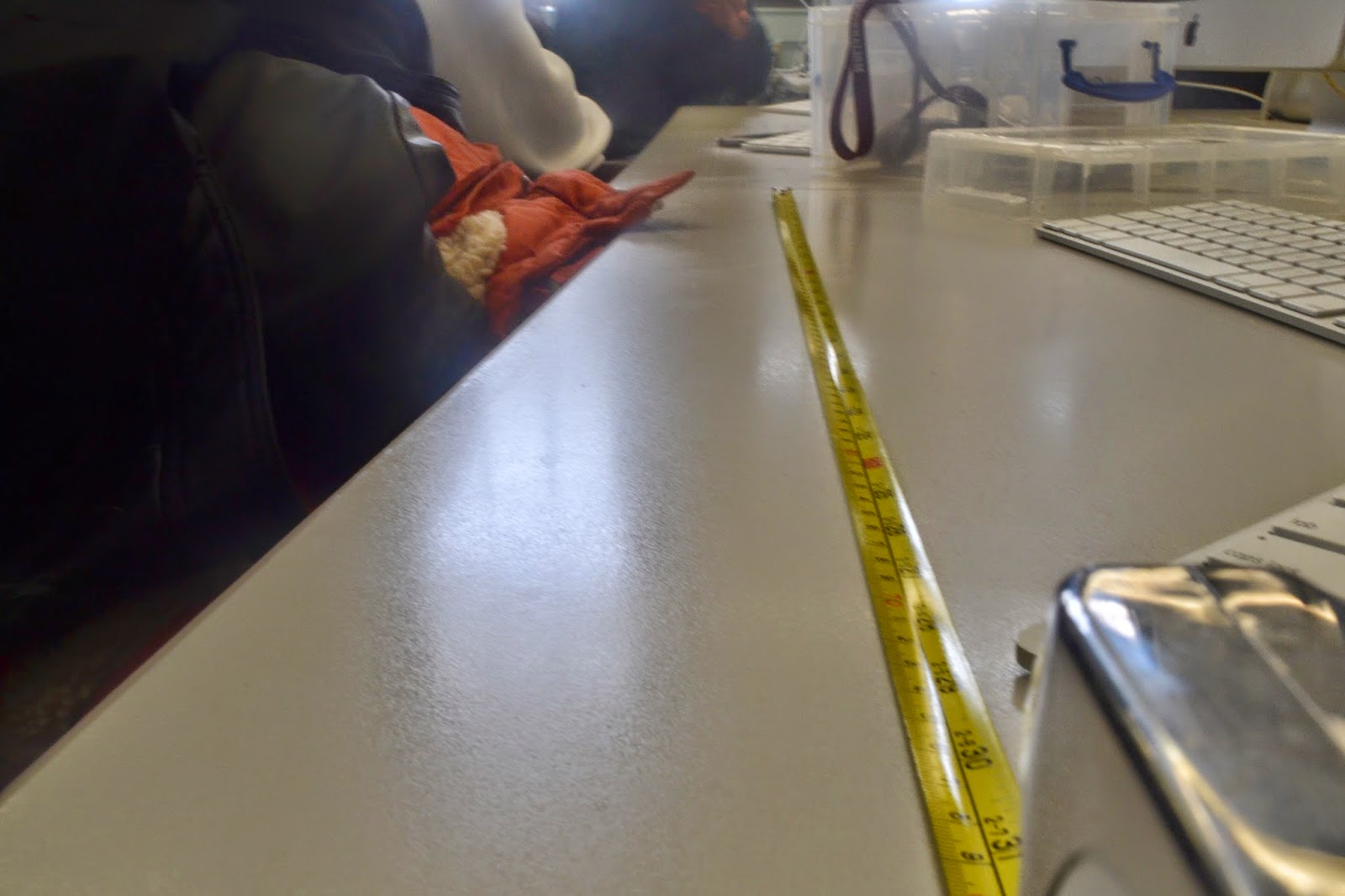f/ 22.0
Shutter Speed: 12.0
ISO 400
f/ 22.0
Shutter Speed: 6/7
ISO: 400
For bulb photography a dark background and a mobile source of light was needed. The dark background was necessary so that the person controlling the light was not visible but the light was. I set my camera's shutter speed to bulb. This was done to capture all of the drawing regardless of how long it took. As you can see the shutter speed on the first photo is longer than the other because it consists of more details. With this also came a need to use a tripod. The longer the shutter speed became the more prone the camera was to movement.











.JPG)














